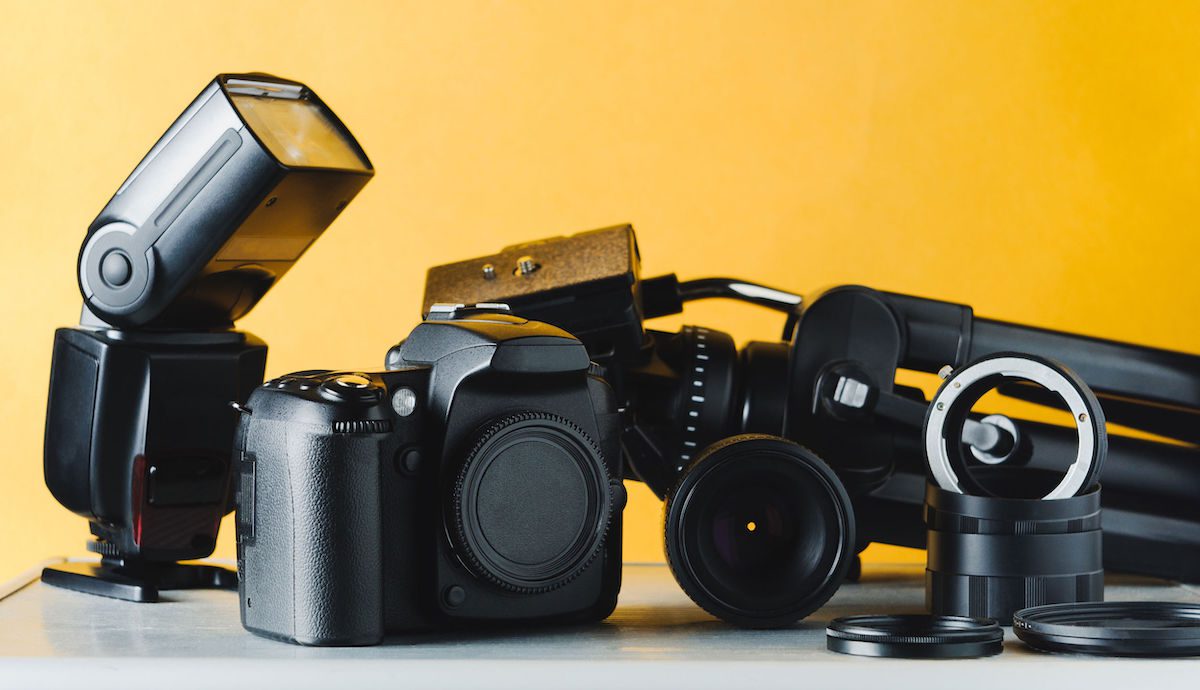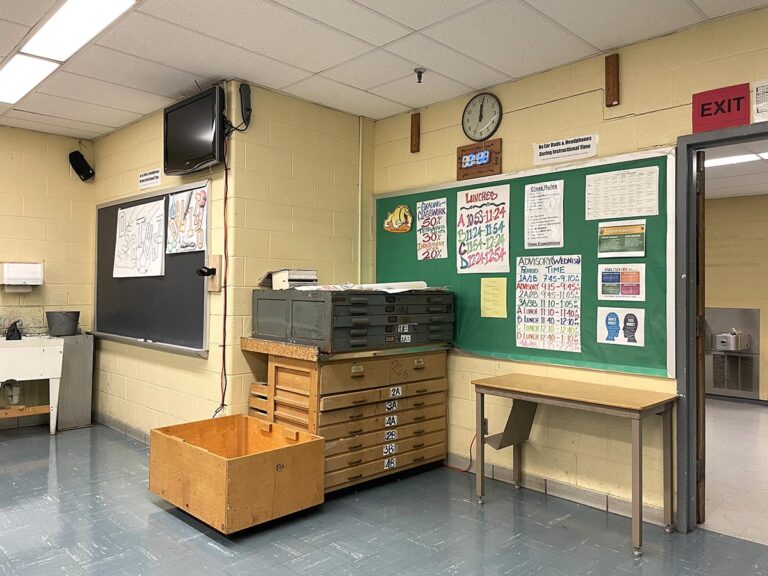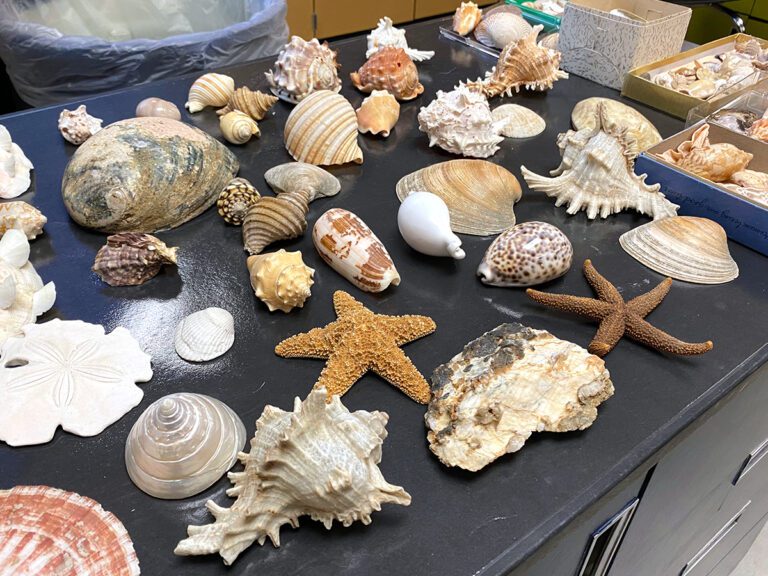The lighting in schools can be horrible. Whether it’s old fluorescent lights or windowless classrooms, finding good light in the classroom can be a challenge. However, having a decent light source is crucial for the art room. Art teachers aren’t strangers to setting up lamps for still life drawings, but the storage and set up of such lighting can be daunting. Those types of lights typically serve one purpose, so why not consider getting something more versatile for the art room?
If you’re looking for something to solve your lighting woes, the following photo booth options might be just what you need.
Discover seven different ways you can use a photo setup in your art room to your advantage.
Two Types of Photo Setups to Consider
Before investing in a lighting system for your classroom, first, consider your needs. Are you looking for students to better photograph artwork? Do you need a lighting setup to aid in photography and the creation of artwork? Let’s look at two lighting devices you might consider.
1. Lightbox
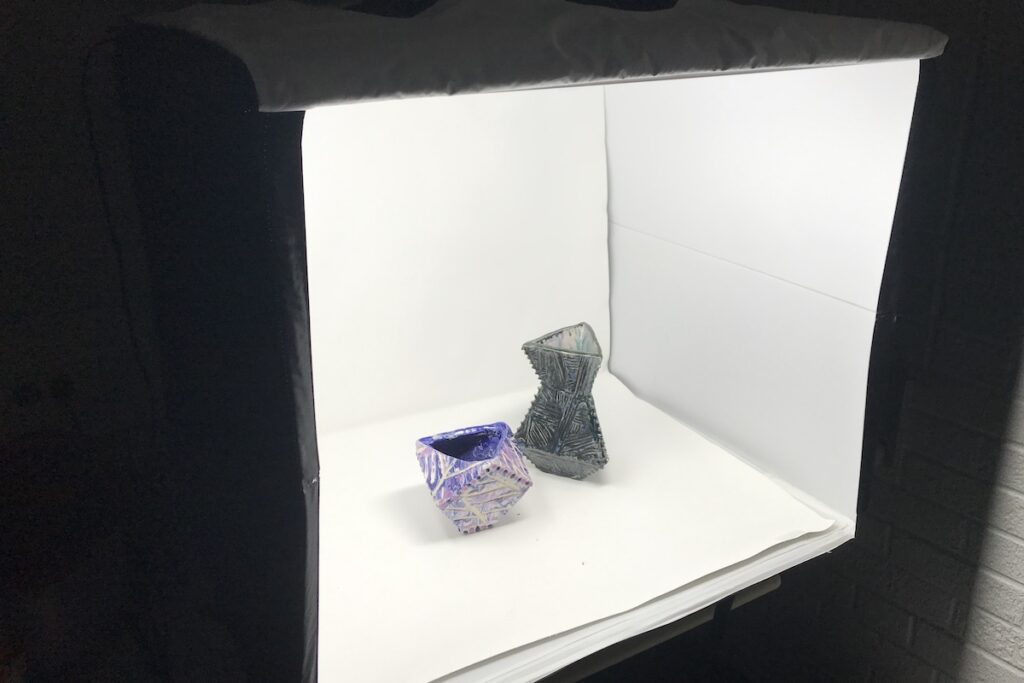
A lightbox is a photo accessory that typically comes in the shape of a cube. The sides are made from a semi-transparent material that diffuses the light coming from a variety of sources. As a result, this creates an almost shadowless way to photograph an object. Most lightboxes have a solid backdrop that can be changed to the desired color. You can create your own lightbox or purchase one in a variety of sizes.
2. Studio Photo Setup
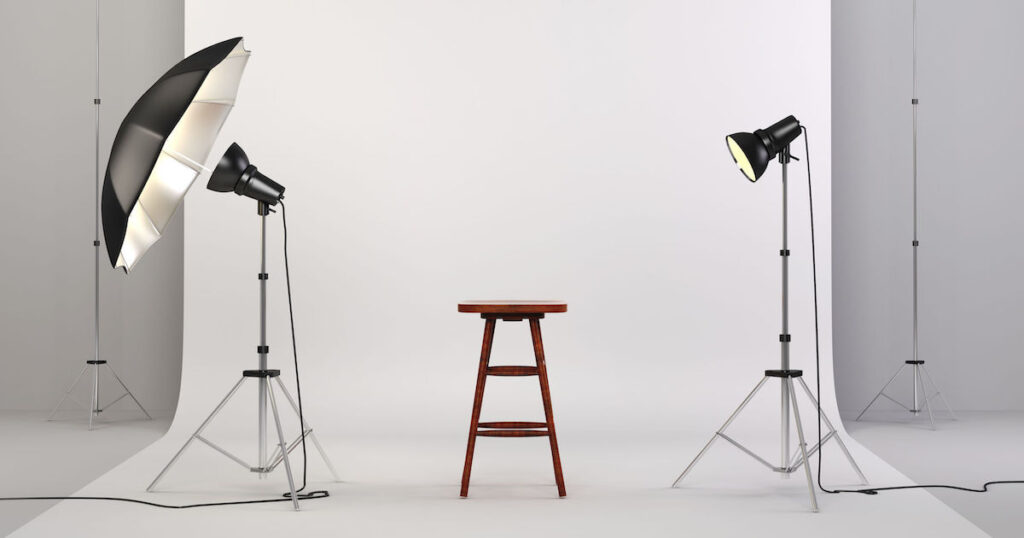
If you’re looking for something more versatile, a traditional photography studio light setup might be just what you need. Depending on your needs, your light setup might be simple or more intricate. Here are some of the items that might come in a traditional setup: a frame and bar to hang a backdrop, multiple colors of backdrops, umbrella lights, softbox lights, and reflectors. This type of setup is going to take up more space than a lightbox, but when not in use, stores compactly. If you’re looking for something that can create all types of lighting setups, you might consider this option.
3 Ways to Use a Lightbox in the Art Room
1. Taking Photos of Artwork
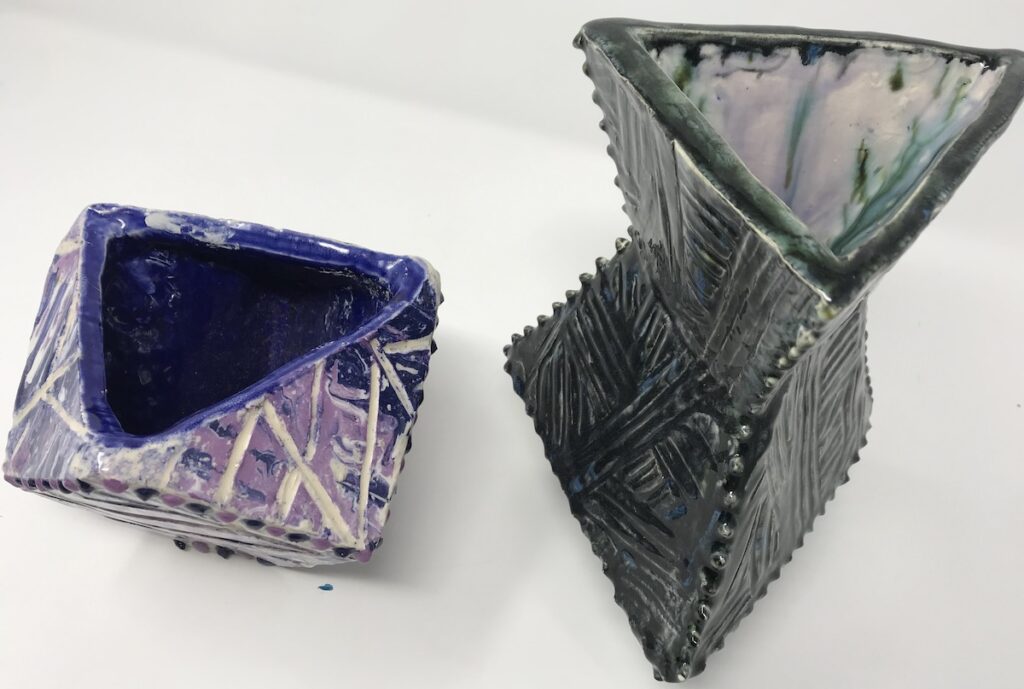
Do your students frequently take photos of their artwork? Maybe your students turn in their work by submitting it digitally or photographing work for a digital portfolio. We want our students to take good photos of their artwork, but with the combination of bad lighting and poor photography skills, this can be challenging. A lightbox can help solve these problems! Most lightboxes have an option to photograph from above, making it easy for students to take a stable photo. The lighting will be perfect nearly every time, so a clear picture is almost always guaranteed.
2. Recording Demonstrations

Have you ever recorded flipped video instruction? Recording videos can be an excellent tool for our students to learn, but it can be challenging to get the right setup. You might not have enough space, or the lighting is terrible. With the overhead hole in a lightbox, a camera, tablet, or smartphone can sit right on top and record overhead. The solid backdrop ensures students are only focusing on the essentials, and the lighting will guarantee a clear picture. Depending on the size of your lightbox, it can handle almost any medium you want to capture!
3. Creating Process Boards
Many of our students are visual learners, and the use of process boards as an instructional tool can be highly beneficial. Having access to a lightbox will allow you to capture beautiful photos no matter the time of day, making creating process boards simple.
3 Ways to Use a Studio Photography Setup in the Art Room
1. Reference Photos
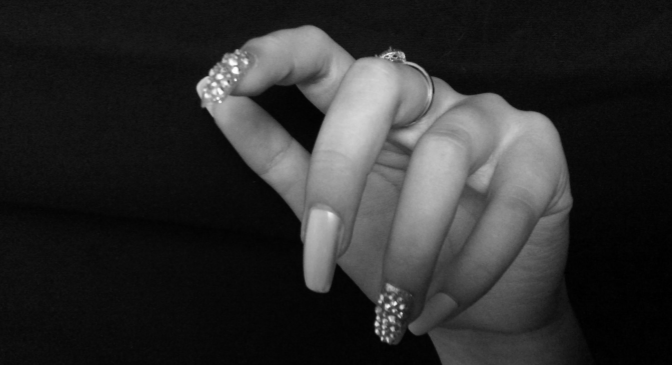
Do your students ever scour the internet for the perfect reference photo, but come up short? How many times have you tried to show your students where the light is hitting on a still life object they are drawing only to struggle due to multiple light sources? Having a space in your classroom where students can go and take a reference image with the desired light is a gamechanger. Your students will spend less time searching for pictures and instead create their own vision.
2. Still Life Setup
Similar to using the studio setup for reference photos, it’s an excellent tool that can be used when setting up a large still life for the classroom. Students can use one setup and the same light sources and arrange the objects as they please. If the still life display is taking up to much space for your other classes, students can snap a photo of their desired setup with perfect lighting.
3. Digital Photography
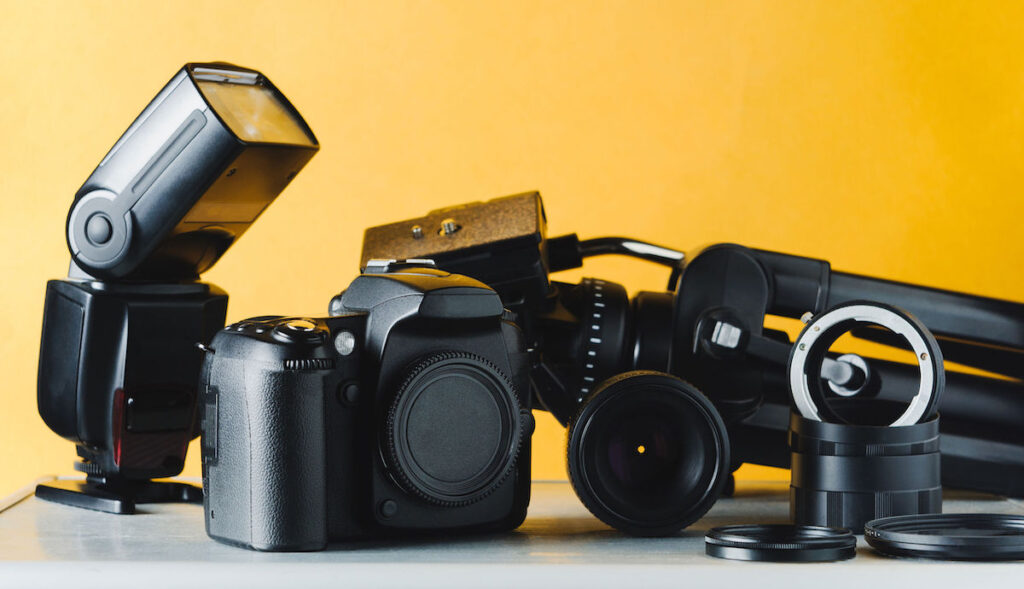
One of the most simple, yet effective ways to use your studio photography kit is by teaching your students basic photography concepts. By having the right lighting and different backdrops, your students can explore the world of studio photography. Better yet, students can use the high-quality images they take to learn editing and design concepts in Photoshop and Lightroom.
Learn more
3 Secrets to a Perfect Photography Setup
Introducing AOEU’s New Studio: Photography Course (Ep. 157)
2 Engaging Projects for Beginning Photography Students
Having the ability to take better photos in the art room is crucial. You’ll find that when your students have access to devices that help capture a quality photo, they will be more excited to share their work. Giving students access to tools with quality light and ideal backdrops will help bring their creative visions to life.
Do you have a lightbox or studio photography setup in your classroom?
How do you ensure your students can take high-quality photos in the art room?
Magazine articles and podcasts are opinions of professional education contributors and do not necessarily represent the position of the Art of Education University (AOEU) or its academic offerings. Contributors use terms in the way they are most often talked about in the scope of their educational experiences.
